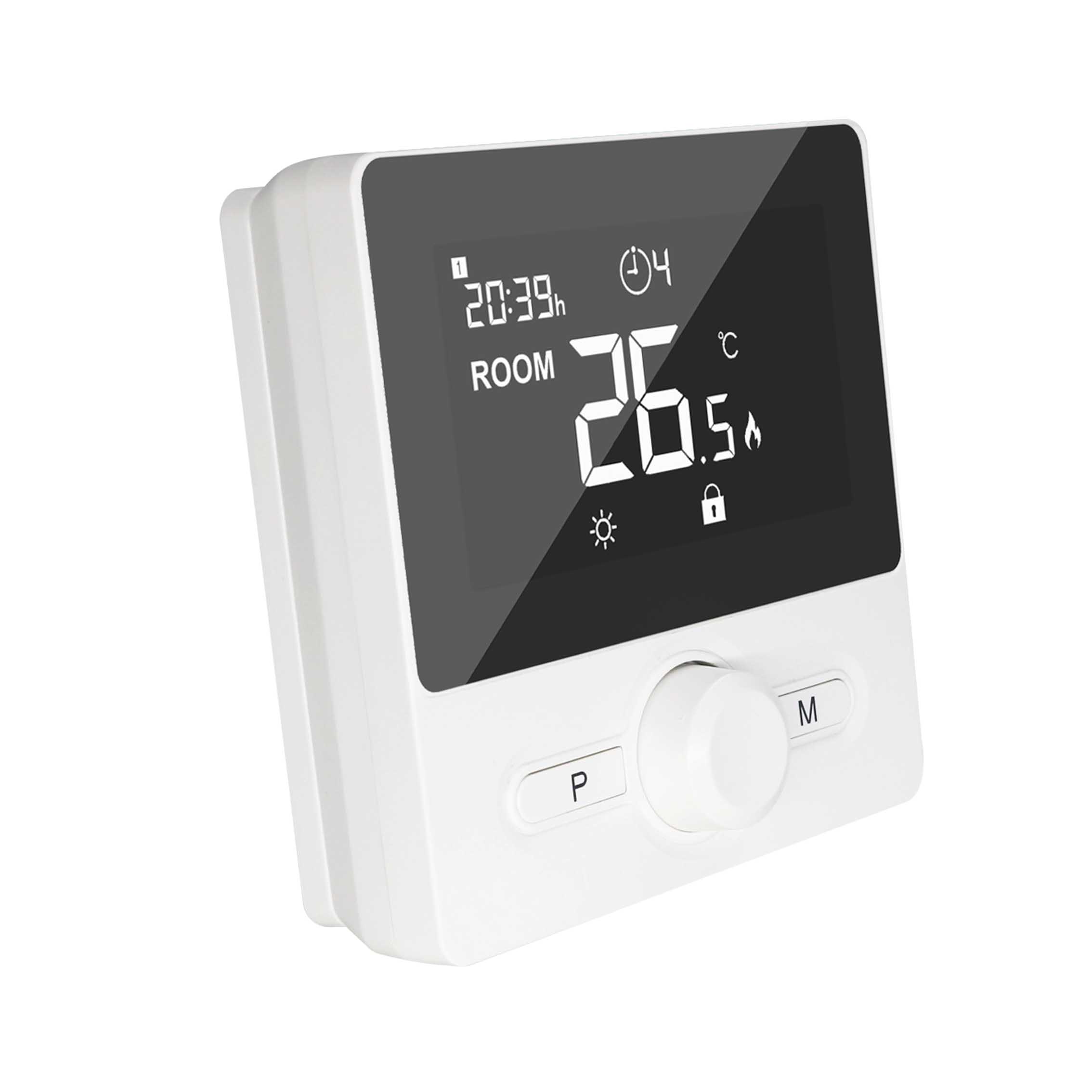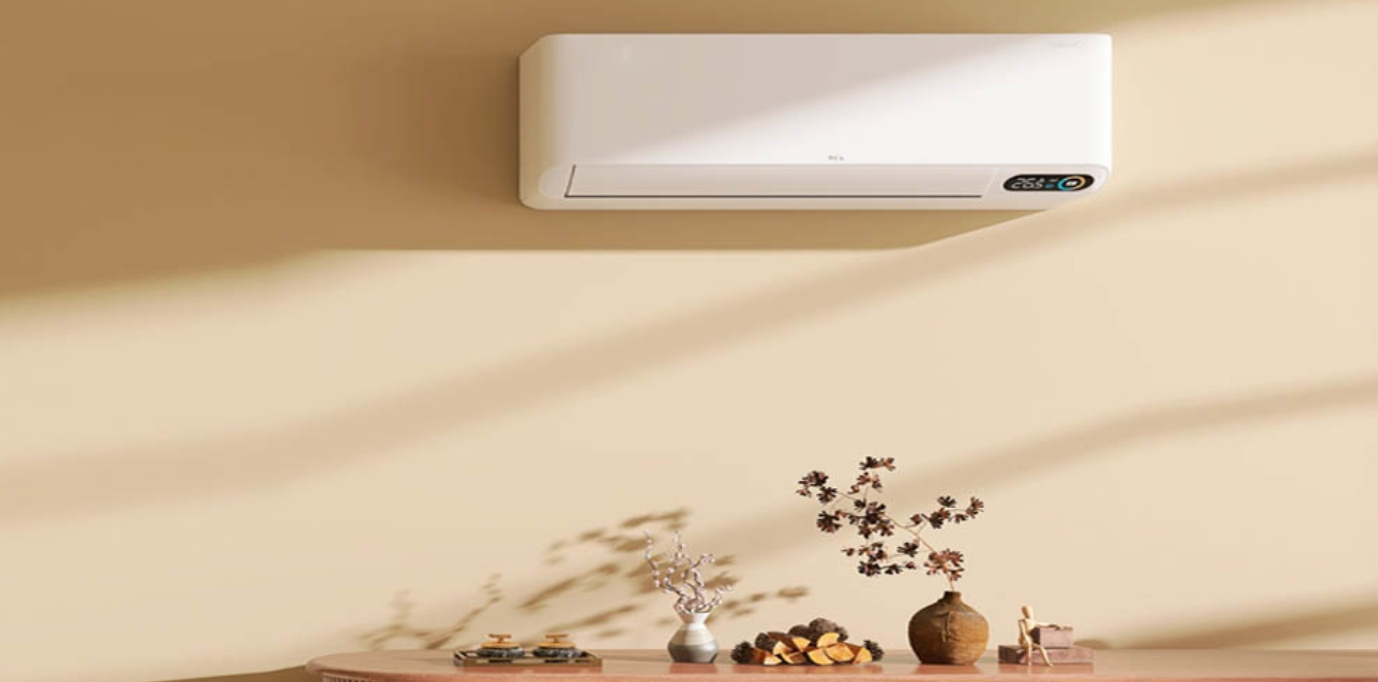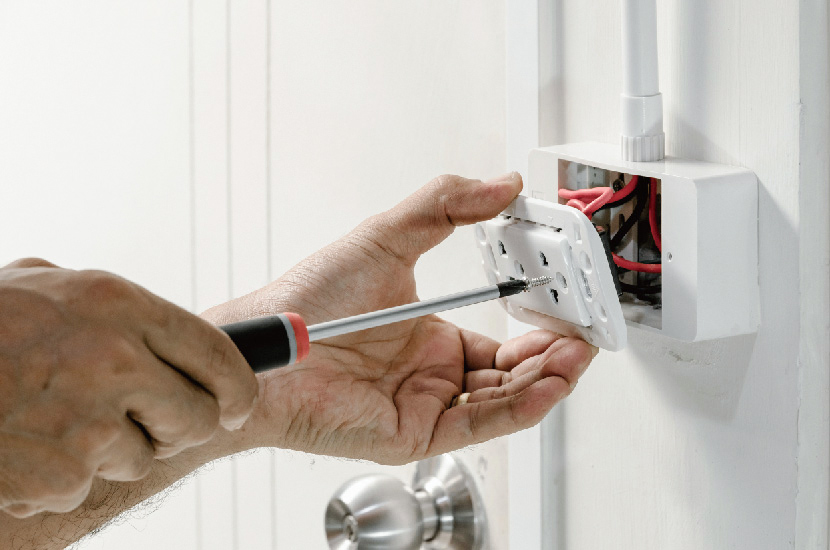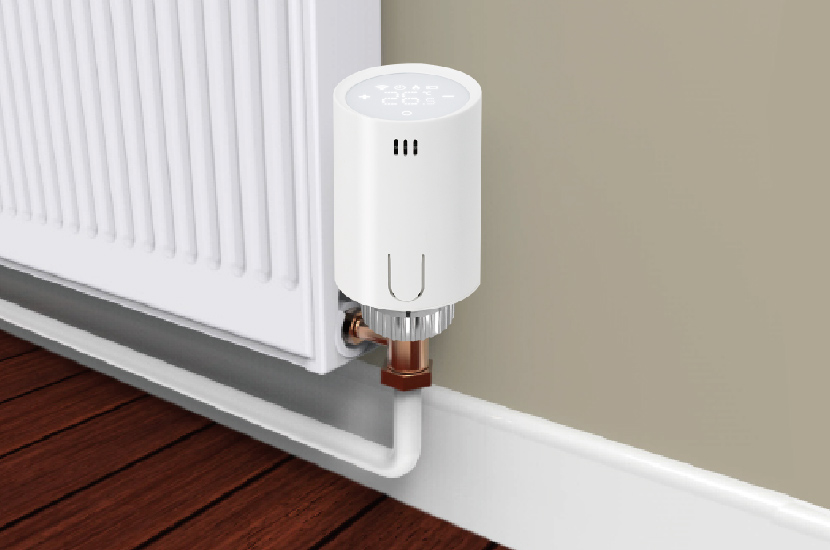How to choose a boiler thermostat
Featured articles
More from the category
In scenarios such as home heating and industrial production that have strict requirements for temperature control, boiler thermostats are key equipment for maintaining stable temperature. Next, we will analyze it in detail from the working principle, type, purchase points and application fields.

Working principle: closed-loop collaboration to achieve precise temperature control
The boiler thermostat works through a closed-loop system of “sensor perception – controller analysis – actuator adjustment”. The temperature sensor (such as thermistor, thermocouple) converts the temperature signal into an electrical signal and transmits it to the controller. The controller compares the actual temperature with the set value. If there is a deviation, it will issue instructions to the actuator based on the algorithm. The actuator adjusts the valve, fuel supply, etc. to achieve precise temperature control.
Type characteristics: each has its own strengths and is suitable for different scenarios
Mechanical thermostat
Relying on the principle of thermal expansion and contraction of bimetallic strips, temperature changes cause the bimetallic strips to bend and trigger the mechanical switch to control the start and stop of the equipment. It has a simple structure and low cost, and is suitable for scenarios with low precision requirements, such as old-fashioned home heating, but the control accuracy is only ±2℃, and the mechanical parts are prone to wear and aging.
Electronic thermostat
Using electronic components to process temperature signals, the control accuracy can reach ±1℃, with fast response and high reliability. It is often used in places with strict temperature accuracy requirements such as hospital drug storage rooms and laboratories.
Digital thermostat
Integrated with a microprocessor, it displays the temperature on a digital screen and supports multi-time programming. Users can set different temperatures according to time. Its accuracy is ±0.5℃, with data recording and communication functions, it can be integrated with smart homes and is widely used in modern smart building heating systems.
Smart thermostat
With the help of the Internet of Things and artificial intelligence, it supports remote APP control, and has built-in multiple sensors to detect temperature, humidity, air quality, etc. It learns user habits through algorithms and automatically optimizes temperature settings, which is becoming the mainstream in high-end residential and commercial buildings.
Purchase Guide: Consider the adaptation requirements in multiple dimensions
Application scenario requirements
Household heating has relatively loose requirements for temperature accuracy (±1℃ – ±2℃); industrial production, such as pharmaceuticals and chemicals, often requires ±0.1℃ – ±0.5℃ high-precision thermostats; at the same time, attention should be paid to the temperature range required by the scenario, such as industrial boilers that require high-temperature resistant thermostats for high-temperature environments.
Boiler adaptability
Different types of boilers (gas, electricity, and fuel oil) have different control methods. Gas boilers need to control gas valves, and electric boilers need to control heating elements; and the boiler power determines the load capacity of the thermostat. High-power boilers need to match thermostats with high rated current, voltage, and appropriate switch capacity.
Accuracy and stability
For temperature-sensitive scenarios (such as greenhouses), high-precision thermostats are required to ensure crop growth; for places such as data centers that require stable temperatures, refer to accuracy indicators and product reputation to select products with good stability.
Function and usability
Multi-period programming and remote control functions can improve the convenience of use and energy saving effect; products with simple and intuitive operation interface, such as digital and smart thermostats, are easier to use.
Cost-effectiveness
Combining the purchase, installation, maintenance costs and energy saving effects, mechanical thermostats are low-priced but have limited performance, while smart thermostats are expensive but save energy in the long term. Choose products with high cost performance as needed.
Application areas: Empowering temperature management in multiple industries
Home heating
Control the operation of wall-mounted boilers. Smart thermostats can also learn user habits to optimize heating, achieve energy saving and comfort, and support remote advance temperature adjustment.
Industrial production
Chemical, food, pharmaceutical and other industries strictly control temperature to ensure the normal progress of reactions and processes and product quality. For example, pharmaceuticals must comply with GMP specifications.
Agricultural greenhouses
When heating in winter, the thermostat maintains the greenhouse temperature according to the growth needs of crops. When the temperature is high, the ventilation and shading equipment are linked to extend the crop growth cycle and increase production and quality.
Commercial places
In shopping malls, hotels, and office buildings, the heating and air-conditioning temperatures are adjusted to improve comfort. Hotels use zoned temperature control based on demand, and office buildings use intelligent control to improve efficiency and energy saving, and can also be remotely monitored and managed.













